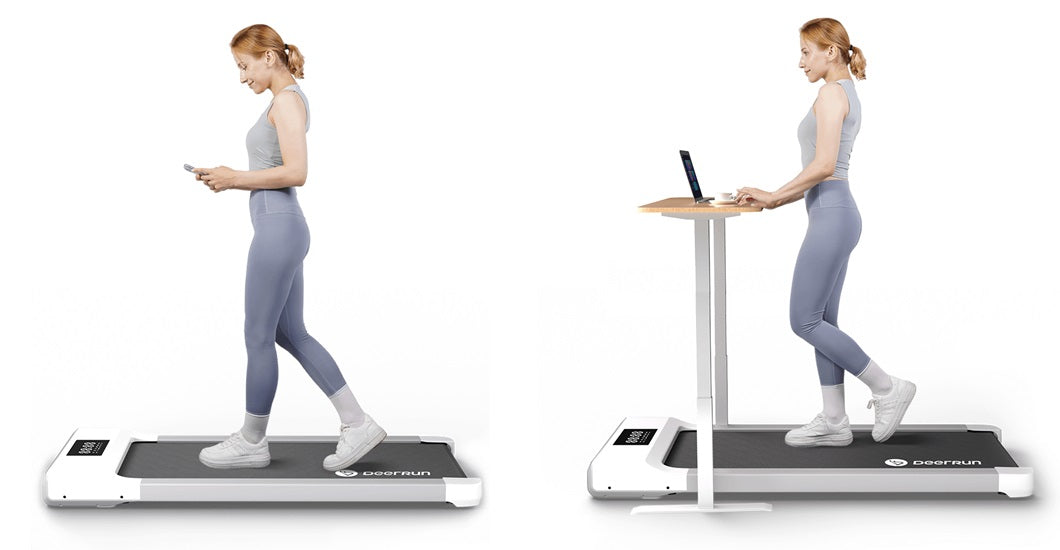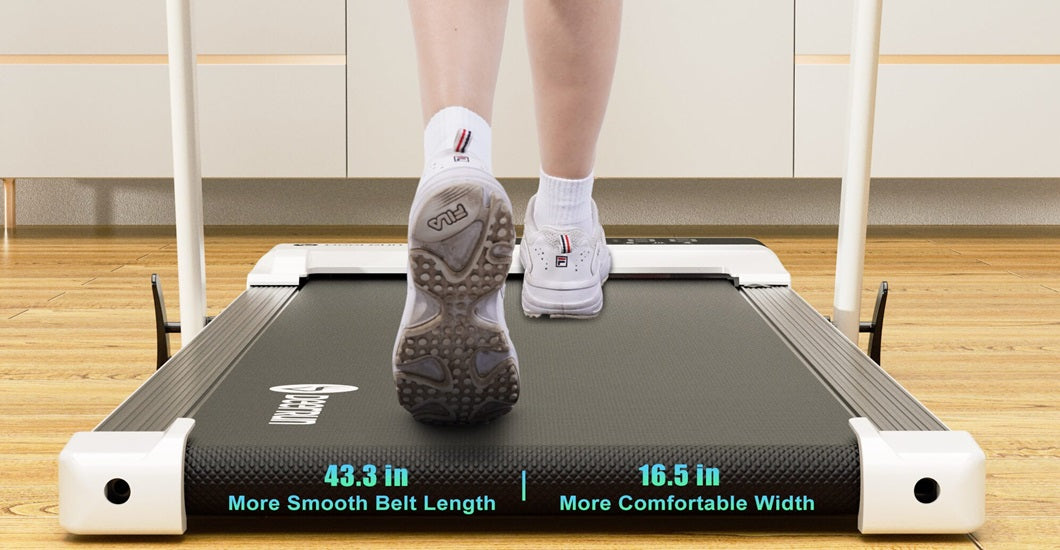In an era marked by sedentary lifestyles and increasing demands on our time, the significance of regular exercise cannot be overstated. Engaging in regular exercise has been scientifically proven to offer a myriad of benefits, ranging from improved cardiovascular health and enhanced mental well-being to increased energy levels and better sleep. As we navigate the challenges of modern life, incorporating regular exercise into our routines becomes not only a choice for physical fitness but a proactive step towards fostering a resilient and robust body and mind.
Recognizing the time constraints and external factors that often hinder a consistent fitness routine, the appeal of home-based workouts becomes evident. Home-based exercises provide a solution that is not only accessible but also adaptable to diverse schedules and lifestyles. The convenience of working out at home eliminates common barriers such as commuting time, expensive gym memberships, and the need for specialized equipment.
With the right knowledge and a bit of creativity, anyone can carve out a dedicated space at home for exercises that cater to individual fitness goals. This accessibility fosters a more inclusive approach to wellness, allowing individuals to embark on their fitness journey in the comfort and privacy of their own homes.
Warm-up Routine
Importance of Warming Up Before Exercise
Warming up is a crucial component of any effective exercise routine, serving as the preparatory phase that readies the body for more intense physical activity. The primary goals of a warm-up are to increase blood flow, raise core body temperature, and enhance the flexibility of muscles and joints.
By gradually elevating the heart rate and loosening up the muscles, a proper warm-up reduces the risk of injury, improves overall performance, and ensures that the body is adequately primed for the demands of the upcoming workout. Incorporating a warm-up into your exercise regimen is a proactive measure that sets the foundation for a safe and effective fitness experience.
Dynamic Warm-up Exercises
- Jumping Jacks:
- Description: Stand with feet together and arms at your sides. Jump while simultaneously spreading your legs and bringing your arms overhead. Return to the starting position with another jump.
- Benefits: Engages the entire body, elevates heart rate, and promotes increased blood circulation.
- Arm Circles:
- Description: Extend your arms to the sides and make circular motions with your hands, gradually increasing the size of the circles. Repeat in both clockwise and counterclockwise directions.
- Benefits: Improves shoulder flexibility, warms up the upper body, and enhances range of motion.
- High Knees:
- Description: Stand with feet hip-width apart. Lift your knees towards your chest in a marching motion, gradually increasing the pace to a jogging motion.
- Benefits: Elevates heart rate, activates the core, and warms up the lower body muscles.

- Leg Swings:
- Description: Holding onto a support (like a wall or a sturdy piece of furniture), swing one leg forward and backward, then side to side. Repeat with the other leg.
- Benefits: Increases flexibility in the hip and leg muscles, enhancing range of motion and reducing the risk of strains.
These dynamic warm-up exercises collectively create a comprehensive routine that targets various muscle groups, ensuring a well-prepared body for subsequent physical activity.
Cardiovascular Exercises
Why Cardiovascular Exercises?
Cardiovascular exercise, often referred to as cardio or aerobic exercise, plays a pivotal role in maintaining and enhancing heart health. This form of exercise involves activities that elevate the heart rate and increase the circulation of oxygenated blood throughout the body.
Regular cardiovascular exercise offers a wide array of benefits, including:
- improved cardiovascular endurance
- enhanced lung capacity
- better weight management
- a reduced risk of chronic diseases such as heart disease and diabetes
- reducing stress&anxiety
- promoting better sleep
The significance of incorporating cardio into one's fitness routine extends beyond physical health, positively impacting overall vitality and longevity.
Simple Home-Based Cardio Exercises
- Jump Rope:
- Description: Using a simple jump rope, perform continuous jumping with both feet leaving the ground at the same time. As proficiency increases, incorporate variations such as single-leg jumps or double-unders.
- Benefits: Improves cardiovascular endurance, coordination, and agility. It's a versatile and accessible exercise requiring minimal space and equipment.
- High-Intensity Interval Training (HIIT) Exercises on a Treadmill:
- Description: On a treadmill, alternate between short bursts of high-intensity running or sprinting and periods of lower-intensity walking or jogging.
- Benefits: HIIT on a treadmill is an efficient way to burn calories, boost cardiovascular fitness, and improve metabolic health. It can be adapted to various fitness levels.
- Dancing:
- Description: Put on your favorite music and engage in rhythmic movements, incorporating a variety of dance styles or freestyle dancing.
- Benefits: Dancing is a fun and engaging way to elevate the heart rate, improve coordination, and enhance cardiovascular health. It can be tailored to individual preferences and skill levels.
These simple home-based cardio exercises provide effective alternatives to traditional gym-based routines, offering flexibility and accessibility for individuals seeking to prioritize cardiovascular health within the comfort of their homes.

Strength Training
Benefits of Strength Training
Strength training, also known as resistance training, involves activities designed to improve muscular strength, endurance, and power. The benefits extend far beyond the development of sculpted muscles; they encompass various aspects of physical and mental well-being.
- Increased Muscle Mass and Tone:
- Strength training stimulates the growth of muscle fibers, leading to enhanced muscle definition and tone.
- Improved Metabolism:
- Building and maintaining lean muscle mass contributes to a higher resting metabolic rate, aiding in weight management and fat loss.
- Enhanced Joint Health:
- Strength training strengthens the muscles around joints, providing better support and reducing the risk of injuries and joint-related issues.
- Better Bone Density:
- Weight-bearing exercises associated with strength training help improve bone density, reducing the risk of osteoporosis.
- Increased Functional Fitness:
- Strength training improves overall strength, making daily activities and movements more manageable and reducing the risk of falls, especially in older adults.
- Positive Impact on Mental Health:
- Engaging in regular strength training releases endorphins, promoting a positive mood and reducing symptoms of anxiety and depression.
Basic Strength Exercises for Major Muscle Groups
- Bodyweight Squats:
- Description: Stand with feet shoulder-width apart, lower your body by bending your knees and pushing your hips back as if sitting in a chair. Keep your chest up and back straight.
- Targets: Quadriceps, hamstrings, glutes, and core.
- Push-ups:
- Description: Start in a plank position with hands placed slightly wider than shoulder-width apart. Lower your body by bending your elbows and then push back up.
- Targets: Chest, shoulders, triceps, and core.
- Lunges:
- Description: Step forward with one foot, lowering your hips until both knees are bent at a 90-degree angle. Push back to the starting position and repeat with the other leg.
- Targets: Quadriceps, hamstrings, glutes, and calves.
- Plank Exercises:
- Variation 1 (Standard Plank): Hold a plank position with your body in a straight line from head to heels.
- Variation 2 (Side Plank): Support your body on one forearm and the side of one foot, keeping your body in a straight line.
- Targets: Core, shoulders, and stabilizing muscles.

- Wall Sits:
- Description: Lean against a wall with your feet shoulder-width apart and slide down until your knees are bent at a 90-degree angle. Hold the position.
- Targets: Quadriceps, hamstrings, and glutes.
Incorporating these basic strength exercises into a routine contributes to a well-rounded strength training program, promoting overall physical resilience and functionality.
Cool Down
Why Cool Down After Exercise?
The cool-down phase is a critical component of any exercise routine, marking the conclusion of physical activity. While the warm-up prepares the body for exertion, the cool-down is designed to facilitate a gradual return to a resting state. The importance of incorporating a cool-down into your workout routine cannot be overstated, as it offers several benefits:
- Gradual Heart Rate Reduction:
- A cool-down helps to slowly decrease the heart rate, preventing abrupt drops in blood pressure and potential dizziness.
- Promotion of Circulation:
- Continued movement during the cool-down facilitates the circulation of blood, aiding in the removal of metabolic byproducts such as lactic acid from the muscles.
- Flexibility Maintenance:
- Gentle stretching during the cool-down helps maintain and improve flexibility, preventing muscle stiffness and reducing the risk of injury.
- Reduced Muscle Soreness:
- Cooling down may alleviate post-exercise muscle soreness by preventing the abrupt cessation of activity, allowing the muscles to gradually relax.
- Enhanced Recovery:
- A well-executed cool-down can contribute to a quicker recovery process by promoting optimal conditions for the body to return to its pre-exercise state.
Cool-Down Exercises
- Walking in Place:
- Description: Slowly walk in place, allowing your heart rate to gradually decrease. Focus on controlled and deliberate movements.
- Benefits: Maintains blood circulation, prevents blood pooling in the extremities, and aids in lowering heart rate.
- Gentle Stretching:
- Description: Perform static stretches targeting major muscle groups, holding each stretch for 15-30 seconds. Focus on areas that were actively engaged during the workout.
- Benefits: Promotes flexibility, reduces muscle tension, and helps prevent post-exercise stiffness.
- Deep Breathing Exercises:
- Description: Inhale deeply through your nose, expanding your diaphragm, and exhale slowly through your mouth. Focus on controlled and mindful breathing.
- Benefits: Calms the nervous system, promotes relaxation, and aids in mental focus and clarity.

Incorporating these cool-down exercises into your routine not only signals the end of your workout but also contributes to a holistic approach to physical well-being, fostering recovery and reducing the risk of injury in future workouts.
Conclusion
In embracing the concept of "Basic Exercises That You Can Do At Home Every Day," we recognize that the journey to a healthier and more active lifestyle begins with simple yet impactful choices. The commitment to incorporating daily exercises within the comfort of one's home is a testament to the accessibility and versatility of fitness, irrespective of time constraints or external demands.






Leave a comment
All comments are moderated before being published.
This site is protected by reCAPTCHA and the Google Privacy Policy and Terms of Service apply.